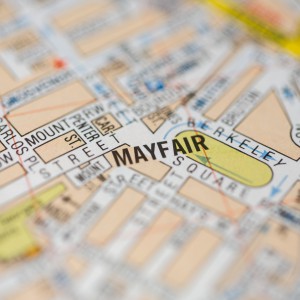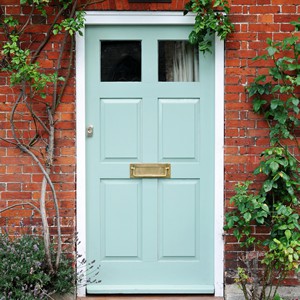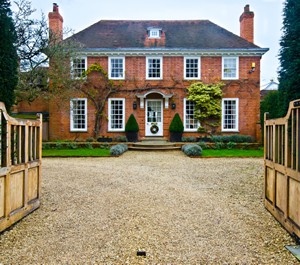How many £1m+ homes sold in your area last year?
There were more than 1,000 fewer homes sold for £1m or more in 2016
compared to the year before.
Across England and Wales, there were 14,999 £1m or more sales,
including 3,039 £2m or more sales in 2016.
However, fewer properties sold for these high prices in 2016 compared
to 2015, with an 8% fall in the number of homes sold for £1m or more,
down from 16,267 in 2015, and a 7% fall in £2m or more sales, down
from 3,255 in 2015.
While some of the fall may be due to sales at the end of 2016 still
needing to be registered with the Land Registry, the size of the drop
suggests people are less keen to shell out for top price properties in
2016.
However, the number of £2m+ sales in England and Wales has more than
doubled in five years, from 1,795 in 2012. The number of properties
selling for £1m or more across England and Wales was up by 85% over
five years, from 8,095 in 2012.
Of properties bought for £1m or more, three-fifths (61.8%) were in
London, 9,272 sales, down from 66.1% in 2015. This is the lowest
proportion since 60.9% in 2010, suggesting the prime market in London
is particularly feeling the squeeze.
This was followed by a fifth (22.3%) in the South East, up from 21.1%
in 2015, and 7.5% in the East of England, up from 6% in 2015. Just
0.1% or 22 sales were in the North East, and 0.2%, or 24 sales, were
in Wales.
Sales of properties for £2m or more were even more concentrated in
London, with more than three-quarters (78.6%), 2,388 sales, in the
capital, down from 82% in 2015. This was followed by 13% in the South
East, up from 12.6%, and 3.5% in the East, up from 2.4%.
There were just 34 sales of properties for more than £2m in 2014
across the whole of the East Midlands, North East, Wales, West
Midlands and Yorkshire and the Humber.
The data from the Land Registry includes information on all
residential property sales in England and Wales that are sold for full
market value and registered with the Land Registry, as well as some
sales that are repossessions, bought through companies or with buy to
let mortgages.
The most expensive sale registered with the Land Registry in 2016 was
for £40.5m and was 33 Grosvenor Square in Westminster.
The 10 most expensive sales in 2016 (according to the Land Registry)
Address // District // Price
33 GROSVENOR STREET, LONDON, W1K 4QU // CITY OF WESTMINSTER // £40,500,000
ASHCOMBE HOUSE, 23A EATON SQUARE, LONDON, SW1W 9DE // CITY OF
WESTMINSTER // £30,000,000
APARTMENT 1, 5 PRINCES GATE, LONDON, SW7 1QJ // CITY OF WESTMINSTER //
£28,500,000
3 CAVENDISH SQUARE, LONDON, W1G 0LB // CITY OF WESTMINSTER // £27,000,000
56 HOLLAND GREEN PLACE, LONDON, W8 6AX // KENSINGTON AND CHELSEA // £26,800,000
112 EATON SQUARE, LONDON, SW1W 9AE // CITY OF WESTMINSTER // £25,500,000
16 AVENUE ROAD, LONDON, NW8 6BP // CAMDEN // £24,850,000
60 ADDISON ROAD, LONDON, W14 8JJ // KENSINGTON AND CHELSEA // £24,000,000
APARTMENT 4, 7 CAMBRIDGE GATE, LONDON, NW1 4JX // CAMDEN // £21,000,000
8 ABBOTSBURY ROAD, LONDON, W14 8EJ // KENSINGTON AND CHELSEA // £20,500,000










